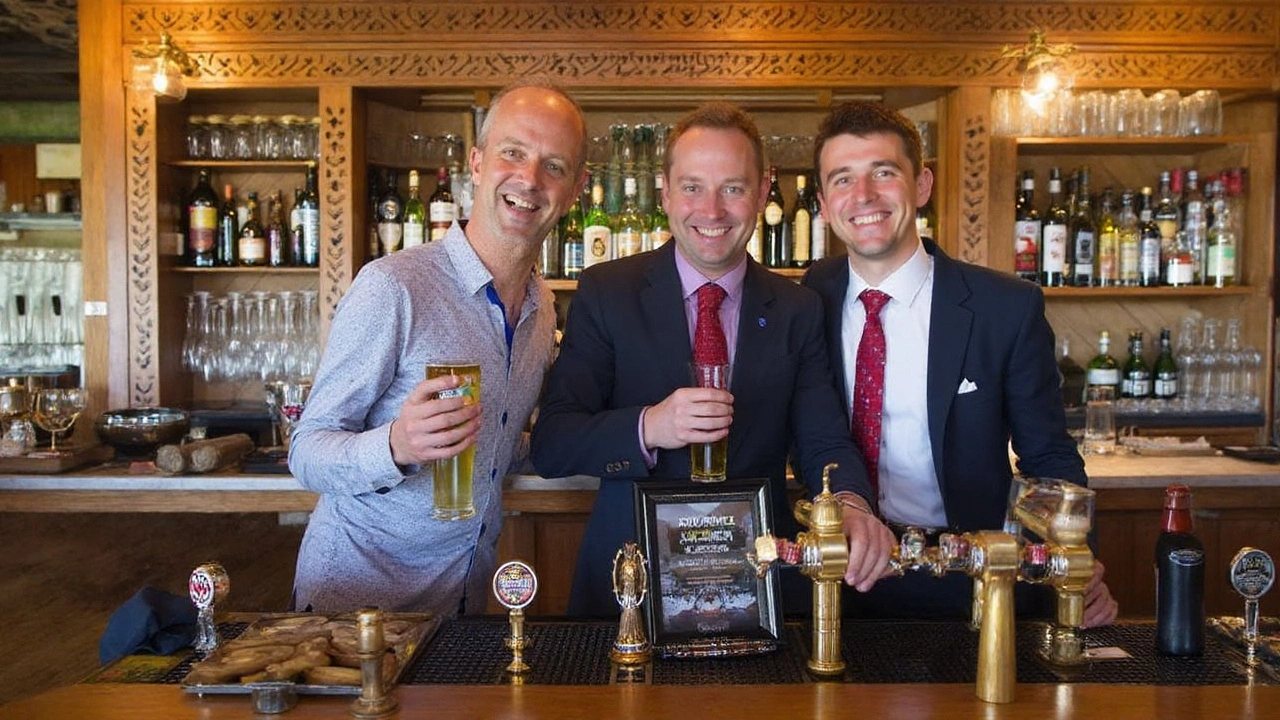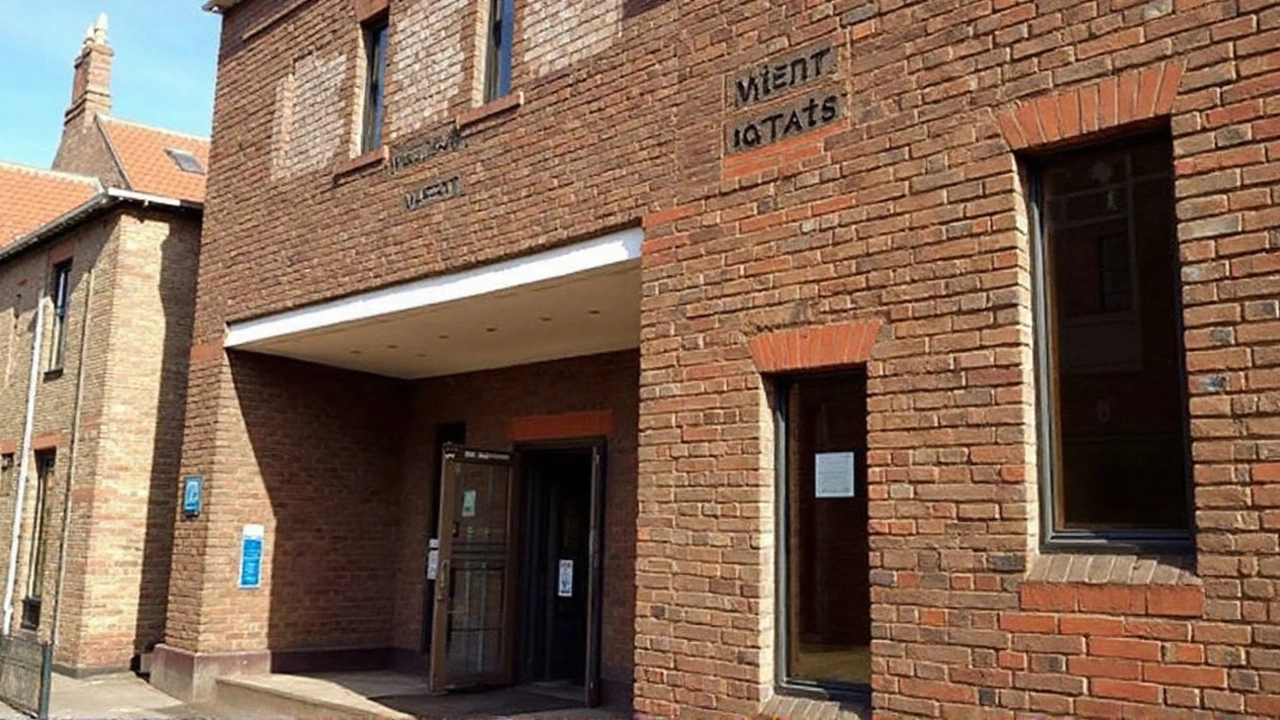A packed court list: violence, damage, and public safety on the line
A pub brawl in Fakenham, a scrap at the bus station, teenagers trashing public toilets, and domestic abuse cases that demanded fast protection for victims — all of it crossed the benches at King's Lynn court in the same week. The hearings also touched on two cases involving pensioners who suffered brain bleeds, underscoring how quickly routine incidents can turn serious when older or vulnerable people are involved.
The full files aren’t public yet, but the mix of offences paints a familiar picture for a busy Norfolk court: alcohol-fuelled violence, pressure on public spaces, the grind of domestic harm inside homes, and the challenge of responding to youth offending without pushing teenagers deeper into the system.
Here’s what was before magistrates, based on the brief listings and what typically follows in cases like these:
- Fakenham pub attack: a violent confrontation in or outside licensed premises, with injuries reported.
- Domestic abuse hearings: multiple cases involving assaults and controlling behaviour, with restraining orders likely front and centre.
- Bus station fight: a public disorder incident in a transport hub, drawing police and bystander attention.
- Pensioner cases: incidents involving brain bleeds, raising concerns about vulnerability and immediate medical care.
- Criminal damage by teenagers: three youths sentenced for damaging town-centre public toilets.
Most of these will have opened at the Magistrates’ Court. The most serious — particularly if injuries were significant or weapons were used — can be sent up to the Crown Court for sentencing.

What the cases say about crime right now — and how courts tend to respond
Fakenham pub attack
Violence in or around pubs usually lands under offences like actual bodily harm (ABH), grievous bodily harm (GBH), or affray, depending on how serious the injuries were and whether a group was involved. Magistrates weigh factors like CCTV from the venue, eyewitness accounts, how intoxicated the people were, and whether there was any attempt to help the victim after the assault. If there’s a glassing or a sustained attack, that almost always pushes the case toward tougher sentencing — sometimes beyond what magistrates can handle.
Licensees tend to hand over footage quickly, and door staff statements matter. Courts also look closely at any prior bans from pubs, previous violent offences, and whether the assault targeted staff. Where alcohol is a driver, conditions to stay away from certain venues or attend alcohol treatment can follow.
Domestic abuse cases
Domestic hearings move fast because risk can’t wait. Typical orders include non-contact bans, exclusion zones, and strict bail conditions. If children were present, that’s an aggravating factor that pushes sentences up. Many cases involve common assault, harassment, or controlling or coercive behaviour. Courts also hear about patterns — repeated messages, turning up at a victim’s home, tracking someone’s movements — not just single flashpoints.
When there’s an admission or a clear case, restraining orders can be imposed even if a prison sentence isn’t. If risk is high, electronic monitoring and alcohol bans (with testing) are now common tools. Support agencies are usually flagged in court — safety planning and access to housing can make the difference between a victim staying safe or staying silent.
Bus station fight
Public order offences at transport hubs draw a firmer response because of the risk to bystanders. Section 4 or Section 5 offences under the Public Order Act cover threatening words or behaviour and causing harassment, alarm, or distress. Bus stations are covered by a web of cameras, and police usually secure footage within hours. In sentencing, courts look at whether the fight disrupted services, involved weapons, or targeted staff. Drink and drug levels, as well as any injuries, steer whether a case stays with magistrates or escalates.
Pensioners with brain bleeds
Two cases referenced pensioners who suffered brain bleeds. That could follow falls after assaults, clashes in public places, or medical episodes after minor incidents. Magistrates move cautiously here. Medical evidence and vulnerability dominate: Was the person pushed? Was there a shove on uneven ground? Was the defendant aware of the victim’s frailty? Cases like these can switch from a minor assault to a serious offence if the injury is significant or lasting.
Courts also check capacity and communication needs — both for those accused and those harmed. If a defendant has health issues of their own, fitness to plead and fair adjustments come into play. Special measures, like video evidence or screens in court, are often used for older or nervous witnesses.
Teenagers sentenced for criminal damage
Three teenagers were sentenced for damaging public toilets in the town centre. Youth sentencing prioritises repair: compensation to cover cleaning and repairs, unpaid work if they’re old enough, and mandatory sessions with the Youth Offending Team. If they pleaded guilty early, that reduces the penalty; if not, the court can still push for structured consequences — for example, writing formal apologies, attending victim-awareness work, or doing supervised community projects.
Magistrates also look at group dynamics. Did one person lead and others follow? Was it filmed for social media? Did they run from staff? Those factors change whether the court sees a one-off prank or a pattern that needs stronger intervention.
How magistrates weigh punishment and prevention
Across this week’s list, the same questions turn up again and again: Are the public at risk if this person walks out today? Has the victim been protected? Is there a realistic plan to stop this happening again? Violent offences and repeat domestic abuse often push toward custody. Low-level public order or first-time criminal damage cases can lead to community penalties, fines, or conditional discharges — with a warning that any slip-ups will be back in front of the bench.
Aggravating factors include attacking workers (like bar staff or bus drivers), group violence, targeting vulnerable people, and offending while on bail. Mitigation can include genuine remorse, early guilty pleas, steps taken to get help (alcohol treatment, anger management), and strong personal circumstances like stable employment or caring responsibilities.
Why this matters locally
Incidents at pubs and bus stations hit public confidence fast because they’re visible. Domestic abuse cases are the opposite — hidden until they explode. The court sits at the junction of both worlds, making sharp, quick decisions that ripple across neighbourhoods: a restraining order that keeps someone safe; a banning order that calms a nightlife strip; a youth sentence that steers a teenager away from the next bad choice.
For Fakenham and King’s Lynn, the takeaway is simple: the system is moving. Police gather footage; prosecutors triage the serious stuff; magistrates focus on risk and harm. Where medical complications like brain bleeds appear, the tone changes — evidence gets tighter, timelines get longer, and the stakes go up.
We’ll report more detail on these cases as official court documents become available. For now, the shape of the week is clear: drink and frustration spilled into violence, home became unsafe for some, and a few bored teenagers learned that public spaces aren’t theirs to wreck without consequences.
